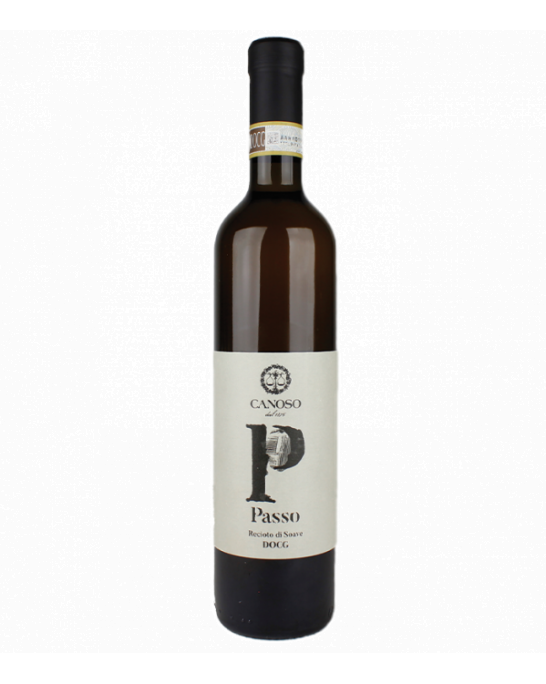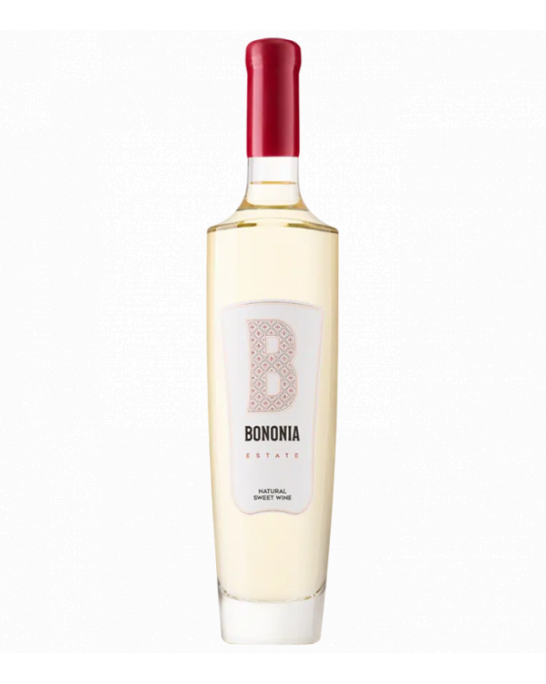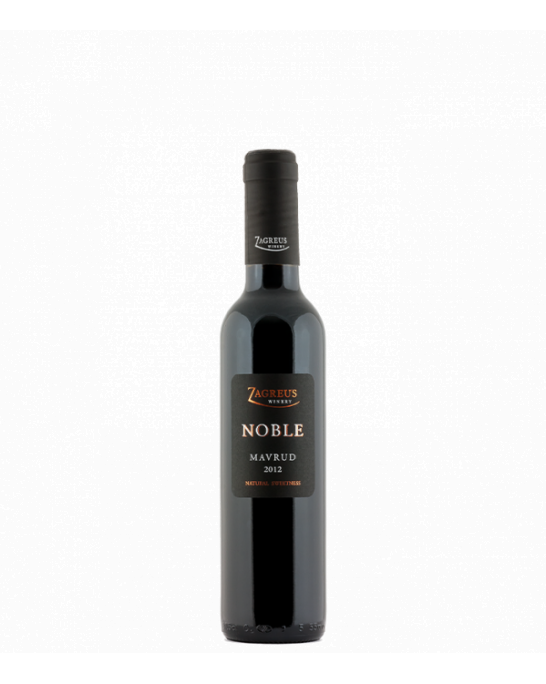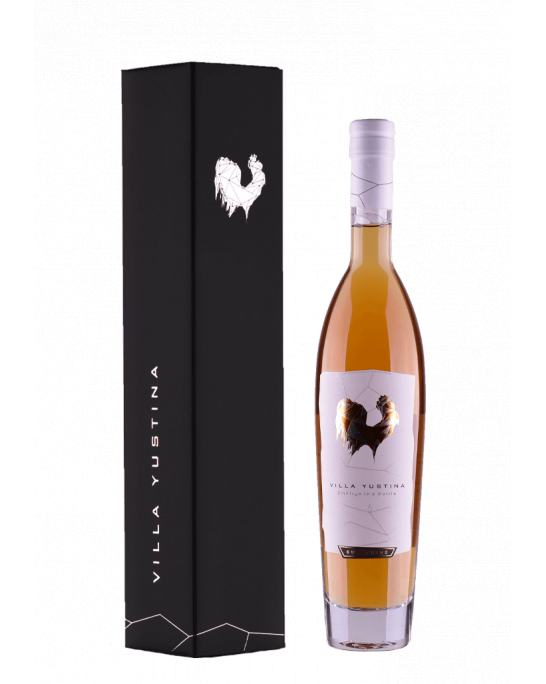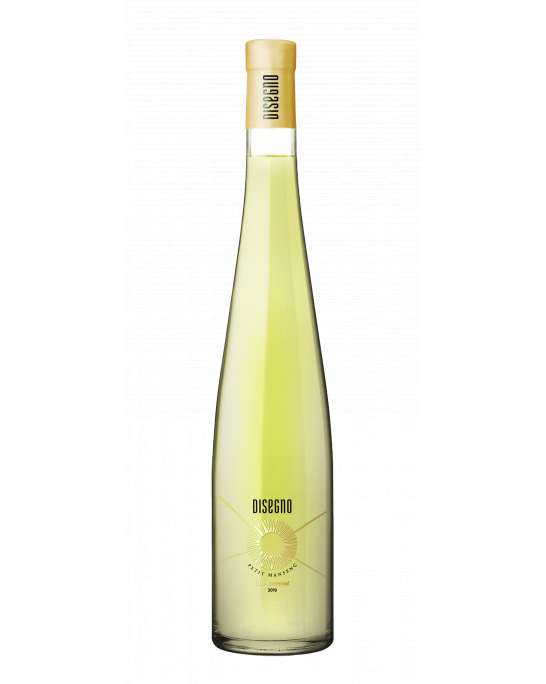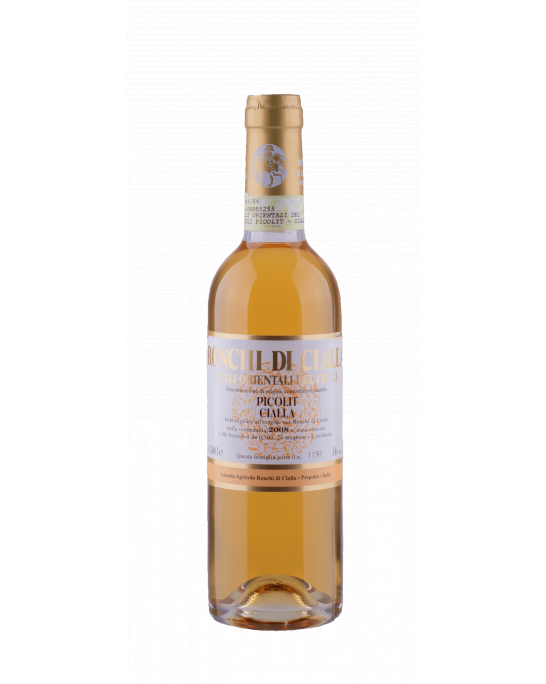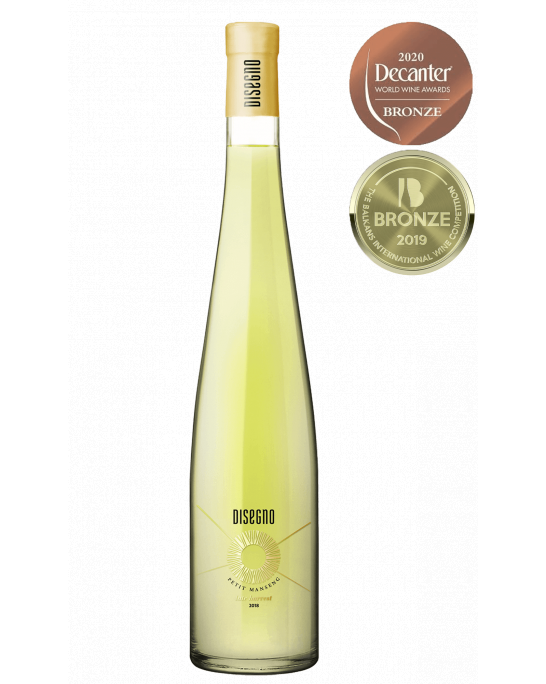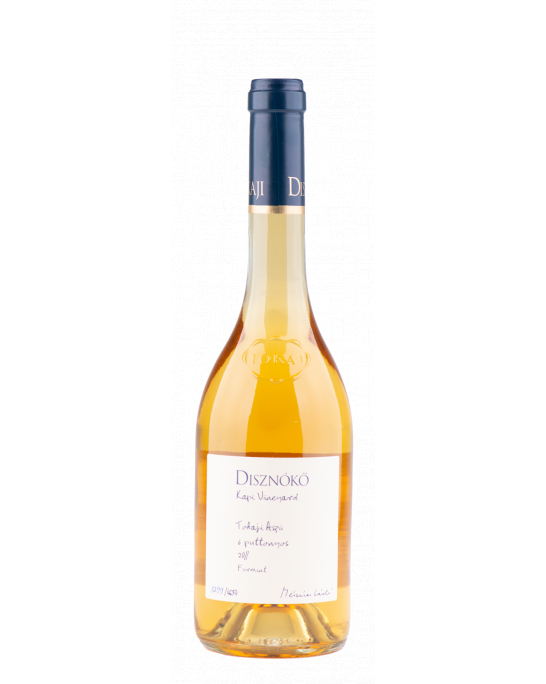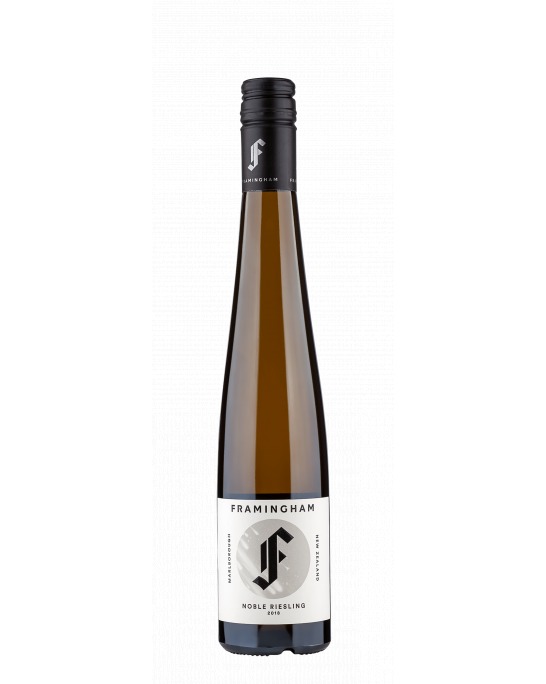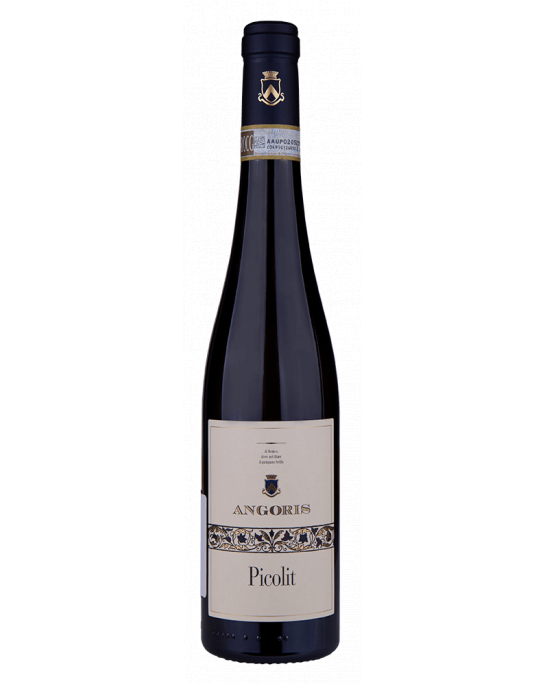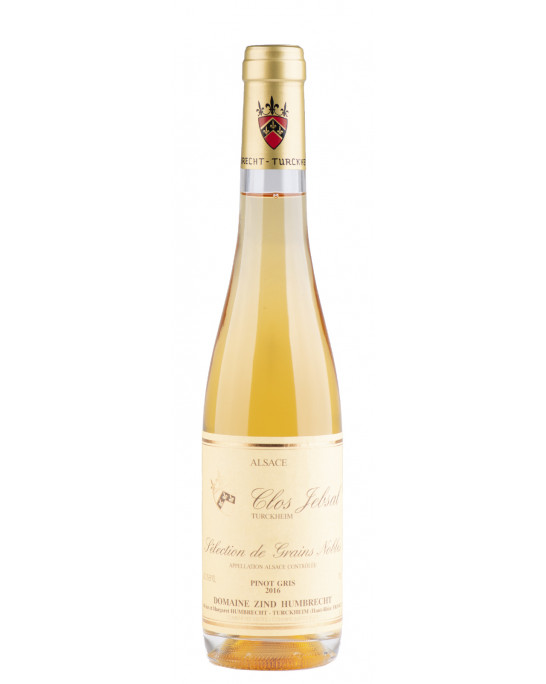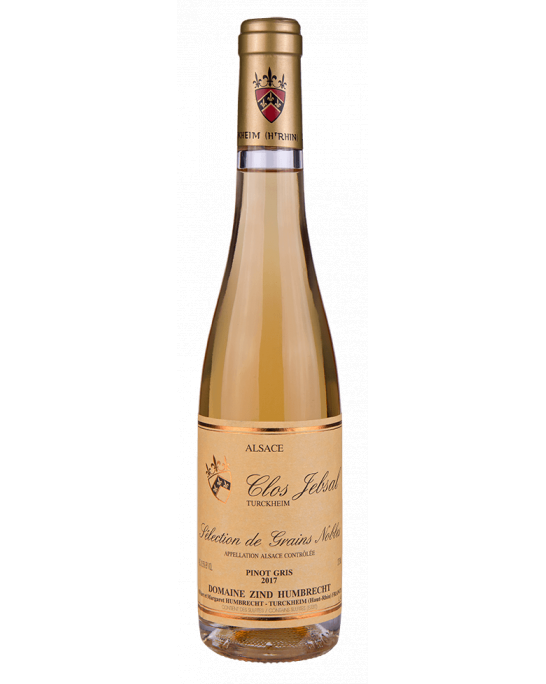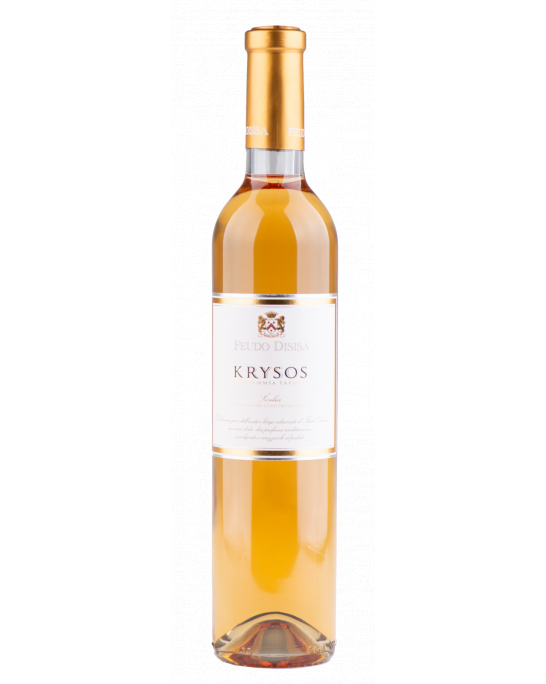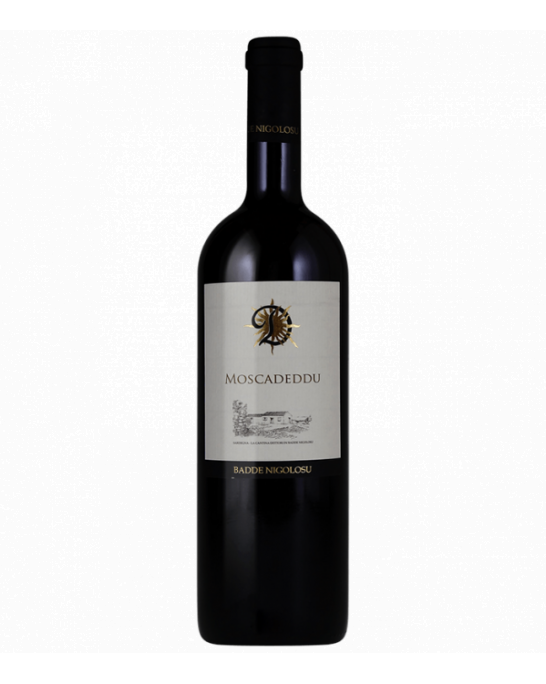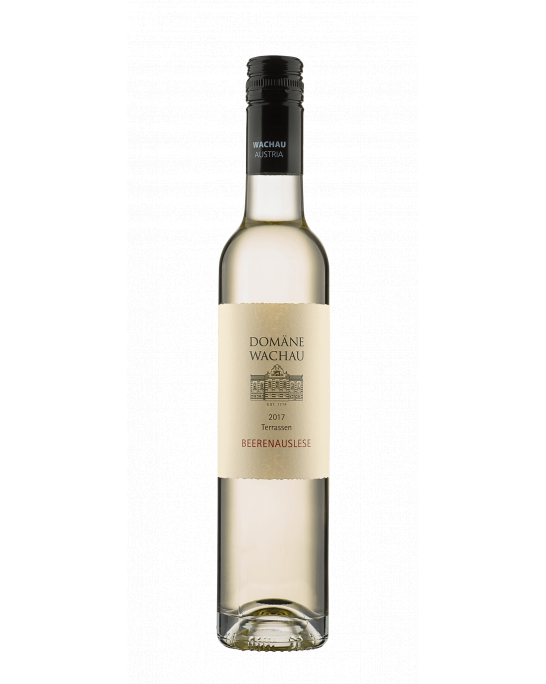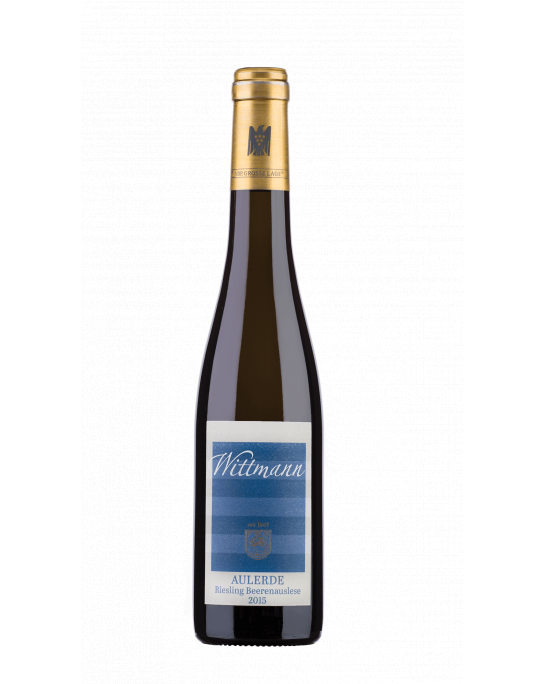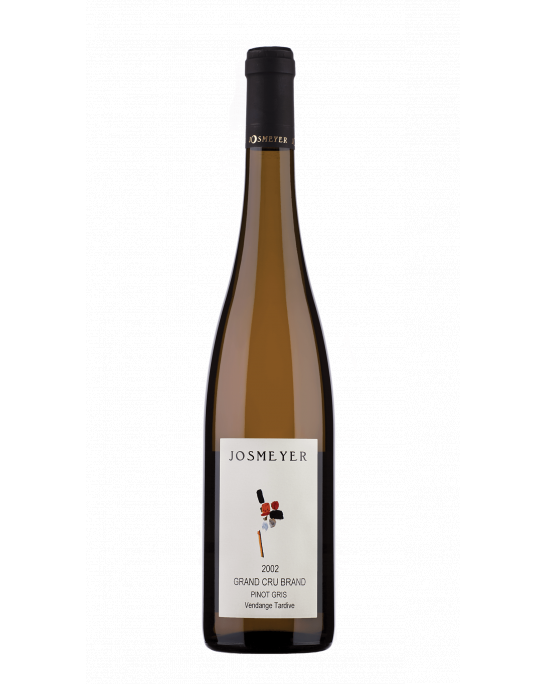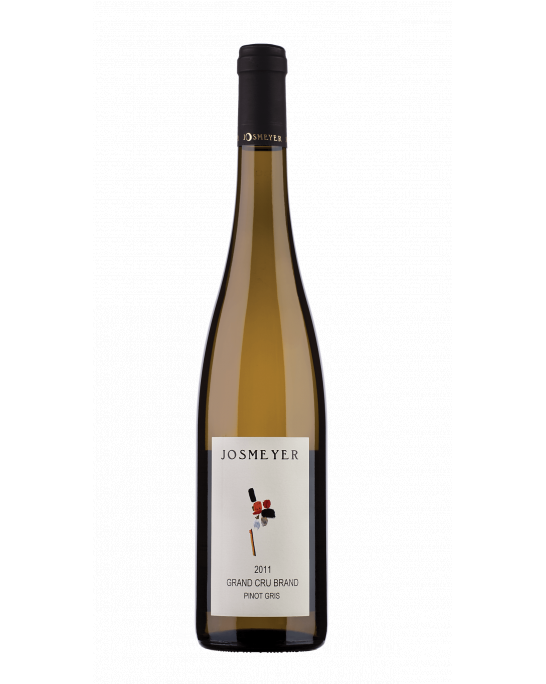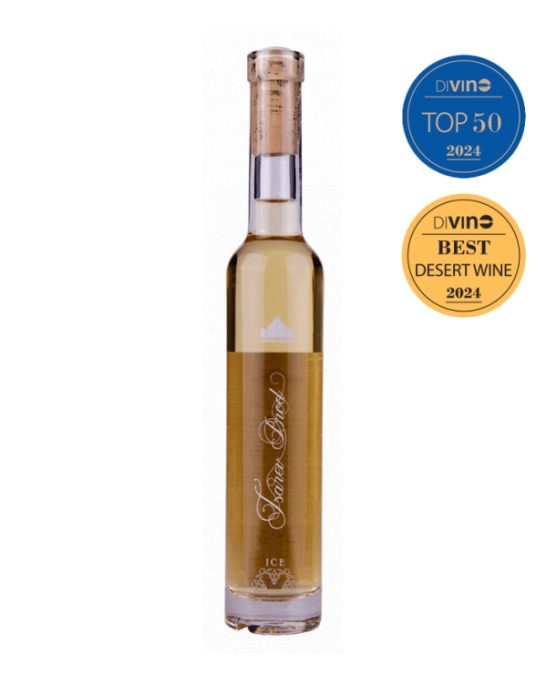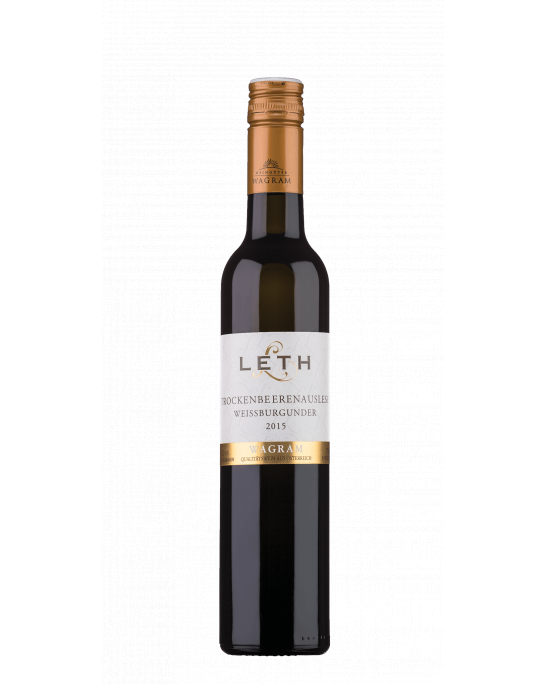Dessert wine
Dessert wine is perhaps one of the oldest winemaking options in the world. Since ancient times, people have added honey and various spices to improve the taste of the back then uncontrolled spontaneous fermentation.
MoreDessert wine
Dessert wine is perhaps one of the oldest winemaking options in the world. Since ancient times, people have added honey and various spices to improve the taste of the back then uncontrolled spontaneous fermentation.
MorePinot Gris
Pinot Gris
Petit Manseng
Pinot Gris
Weissburgunder
Dessert wine is perhaps one of the oldest winemaking options in the world. Since ancient times, people have added honey and various spices to improve the taste of the back then uncontrolled spontaneous fermentation. Over the centuries, the style of dessert wine has changed and evolved many times until it reached the variety we enjoy today. First, we must distinguish between the two ways to achieve dessert wine - by interrupting the fermentation process and by adding alcohol. In this section we consider the first type. For more information on the latter, see the fortified wines section. In Seewines’ Dessert wines section you will find carefully selected bottles of almost all variations of dessert wine - from the sweetest to almost semi-dry, from the world-famous bottles from Tokaj and Sauternes to their less popular counterparts from Italy, Australia and others.
How is dessert wine made?
Naturally, dessert wine is sweet. This is due to the residual sugar because of the interrupted and unfinished fermentation process. Depending on how early it is interrupted, the degree of sweetness in the final product is determined. Apart from the sweetness, however, dessert wine also differs from the way in which the sugars are concentrated in the grapes, as usually in the world-famous regions only one of the possible ways is established and legitimised. The most standard way is late harvest - the grapes are harvested in late November, even December sometimes, when the sugar concentration is at a maximum. In Tokaj and Sauternes, they use the presence of so-called botrytis, a fungal infection that forms on grapes in late autumn while they are still on the vine. To achieve this, it is necessary to have very specific natural conditions which cannot be achieved with certainty everywhere, or even every year. In Italy, the well-known and widespread method is by drying the picked grapes on special mats - the Passito method, which is used for Vin Santo, for example. Germany and Canada are famous for the production of ice wine, for which the grapes are harvested after freezing on the vine - December, January, very early before sunrise - and are directly pressed, where the water content that is frozen remains in the press and the resulting juice is a real elixir with a strong concentration of sugars and aromatic substances.
Which are the most suitable grapes for dessert wines?
Virtually all varieties can be used for dessert wine, as they contain sugars and if harvested late, they will invariably accumulate enough for this type of wine. However, there are certain varieties that are traditionally used specifically for this production. In Tokaj it is Furmint, in France - Semillon, Sauvignon blanc, Muscat, Chenin blanc. In Italy - Malvasia, Muscat, and in Germany and Canada - Riesling and Muscat.
The most famous sweet wine regions in the world
Tokaj in Hungary and Sauternes in Bordeaux are well known for their intense sweet white wines produced by the interaction of botrytis or noble rot on grapes. Germany also produces excellent specimens of Riesling affected by botrytis - Beerenauslese and Trockenbeerenauslese are wonderful examples of these sweet German wines. The cold winters of Germany and Canada - especially the region around Niagara - favor ice wine production. Italy creates magnificent sweet wines with raisins (where the grapes are additionally dried on mats after the harvest), such as Vin Santo, Recioto and Passito.
How to choose a good dessert wine?
The truth is that there is no wrong choice, so long as you choose a reputable manufacturer. It is important to be aware of your taste - how sweet the wine is and what you will want to consume it with. Of course, the most obvious food would be dessert. But this is not always the right combination actually. Try Sauterne with foie gras and you will be amazed. Combine Tokaj with blue cheeses and you will not go wrong. Vin Santo and Recioto are traditionally served as digestifs but can also perfectly accompany fruit cakes and traditional Italian cantuccini. If you still have difficulties, trust our sommelier specialists - they will be happy to help you navigate the sweet world of dessert wines.

